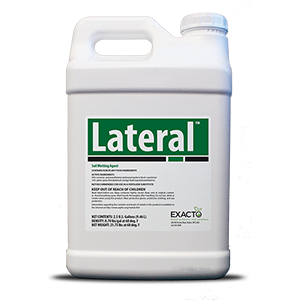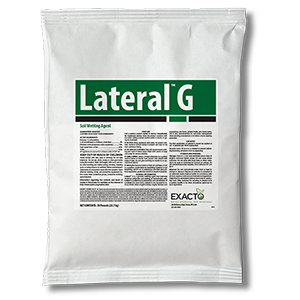Potting soil is a type of growing media used in nurseries and horticulture for planting and growing plants. It is a mixture of various organic and inorganic materials such as peat moss, perlite, vermiculite, and compost. Once potting soil is dried out, it can easily become hydrophobic.
In the context of growing media, like potting soil, hydrophobicity can be a problem as it can prevent water from being absorbed by the soil or media, leading to dry spots and uneven watering. It can cause issues in nurseries as it will be more challenging to maintain plant quality, but even more so for consumers where plant maintenance and watering might not always be on top of their minds.
Wetting agents can help to overcome this problem by improving water absorption and distribution in the soil or media.
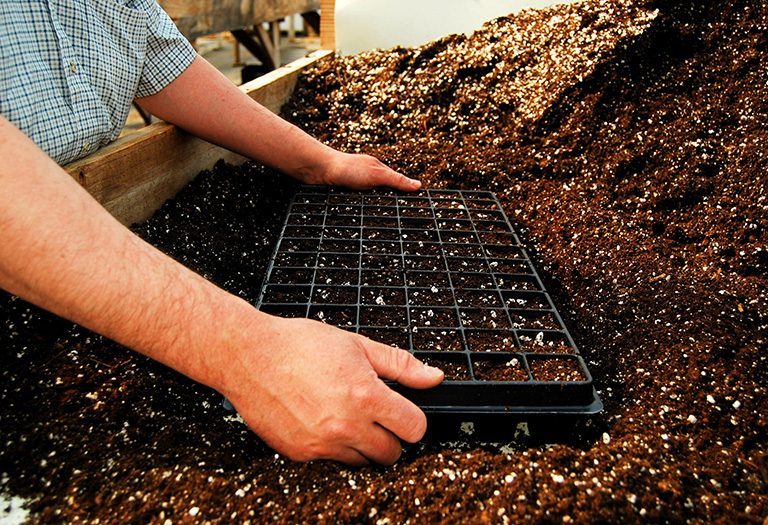
Soil Hydrophobicity
The water repellency is caused by microbiota and decomposing organic matter in the soil. They create an organic coating on the hydrophobic soil particles. The image below is a microscopic image of a sand grain with a hydrophobic coating.
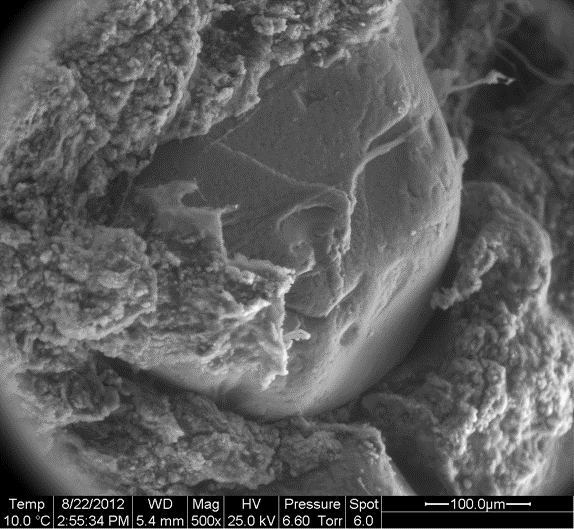
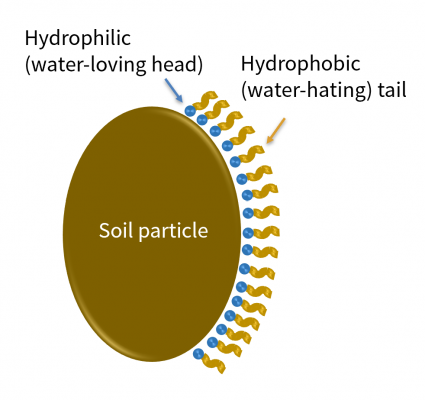
The turnover of soil microbes and decomposition of organic matter in the soil creates organic compounds that can coat soil particles and cause water-repellency or hydrophobicity (image above). These coatings are especially prevalent in sandy soils. Once these coating form, it is challenging to wet the soil, and plants growing in these environments can experience extreme water stress. Therefore, wetting agents are a crucial tool to help overcome soil hydrophobicity.
Wetting Agents
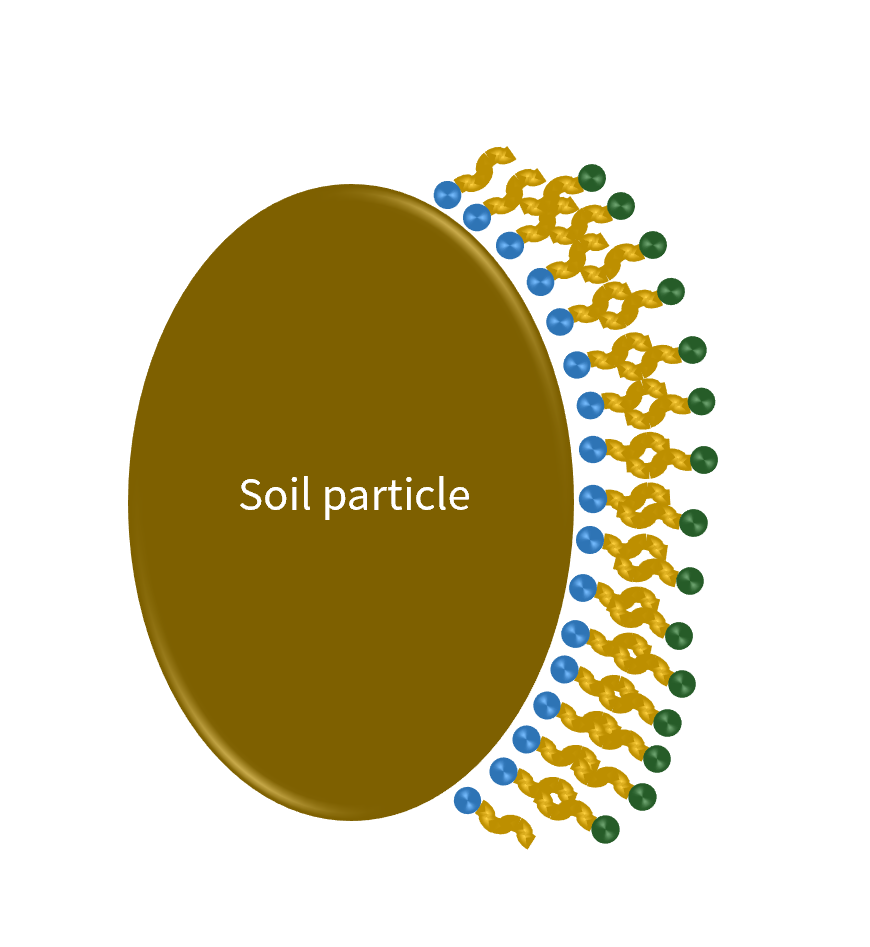
Hydrophobic soil with wetting agent
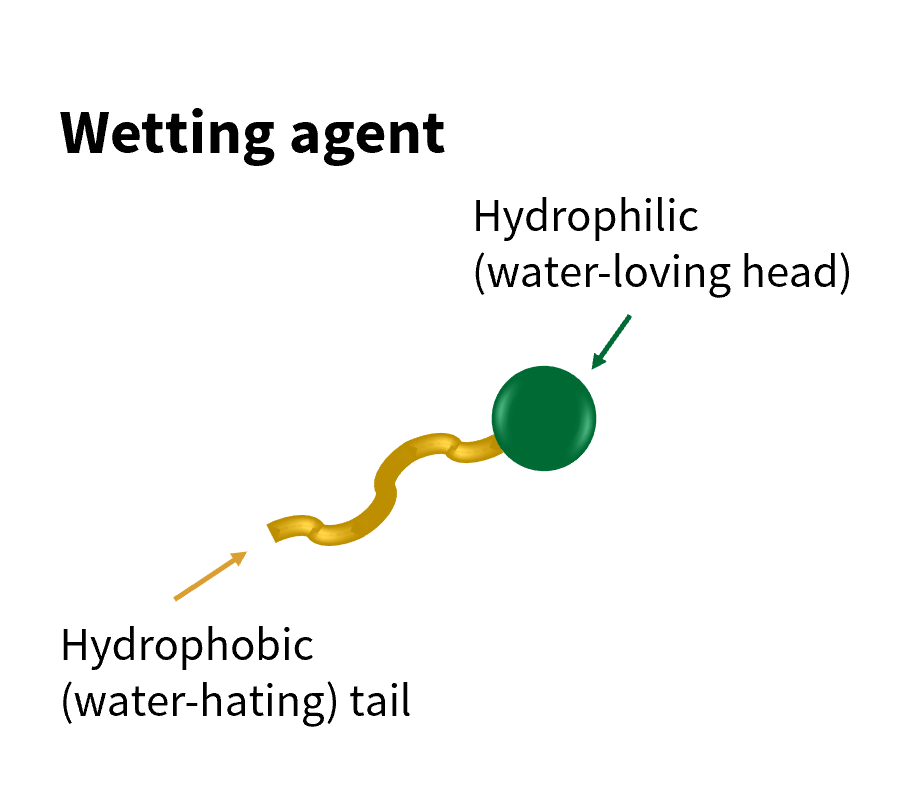
The hydrophobic coatings around soil particles can be treated with various types of soil-wetting agents.
Wetting agents contain “amphiphilic” molecules with a hydrophilic (water-loving) head and a hydrophobic (water-hating) tail. These molecules create bridges with the organic coatings surrounding the hydrophobic soil and reduce hydrophobicity.
The reduction of hydrophobicity improves water penetration into these soils. Applying soil-wetting agents improves soil moisture uniformity across soil, and the benefit of the application can last for several weeks. Even soil moisture distribution leads to a more even, healthy soil and requires less labor to irrigate and maintain.

The video below shows the behavior of water with and without Lateral, a wetting agent that improves penetration and moisture uniformity. The test is performed on hydrophobic soil in the lab. Lateral easily penetrates the water-repellant soil.
Lateral helps treat and prevent soil hydrophobicity
Lateral is a soil-wetting agent that reduces soil hydrophobicity and helps improve moisture uniformity. It is available in a liquid formulation or granular form.
Lateral, Soil Wetting Agent
Lateral lowers the time it takes for water to penetrate hard-to-wet soils.
- Improves soil moisture uniformity
- Reduces hydrophobicity and localized dry spot (LDS)
- Increases water infiltration and penetration
- Increases water-use efficiency
- The highly concentrated formula allows for more flexibility in use-rates
